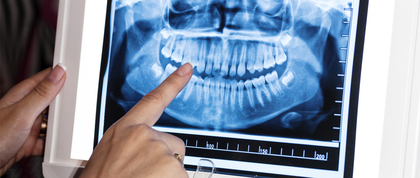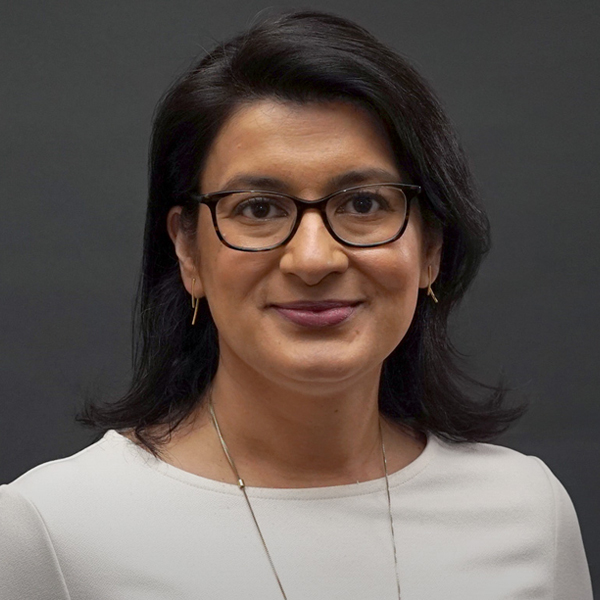
The crisis at the border continues as people fleeing violence, persecution and economic misery attempt to settle in the U.S. Some are unaccompanied minors who lack documentation proving their age. Minors are given protected status and housed in shelters with other minors until they can be reunited with family members in the U.S. But if U.S. government officials decide that a minor is actually 18 years or older, those protections no longer apply.
When government officials question the age of an unaccompanied minor under their care, that person can be subjected to a dental radiograph, or x-ray, as a means of age determination. Despite regulations requiring that age determination "at a minimum, take into account multiple forms of evidence...including the statement of the individual in question," officials continue to rely only on findings from dental radiographs.
If the age range based on those findings includes 18 years (i.e.,16-19 years), then that person can be re-classified as an adult and moved from a shelter for minors into an Immigration and Customs Enforcement (ICE) - operated jail, where they can be subject to physical and mental harm.
ICE systematically, and incorrectly, uses the oldest age possible based on dental radiograph findings. This method to determine age is an unethical and dangerous misuse of epidemiological data and medical/dental science -- a practice we have recently called out in a commentary in AJPH.
The current dental staging system is based on a 1973 study of French Canadians aged 2 to 20 years old, with additional data from a handful of studies of U.S. and Japanese adolescents. Thus, the ADA recommends radiographs only be used to identify dental abnormalities and for estimation of a likely age range in forensic odontology. Immigration advocates around the world have called for ending the use of dental radiographs as the sole means of age determination.
Despite this, dental radiograph findings are commonly used as evidence in immigration hearings to suggest that the person has lied about their age, and to discredit their case. Since many lack appropriate legal representation, this misuse of dental radiographs most often results in deportation to their home countries, where they are also likely to be subject to violence and persecution.
This protocol is a misuse of our public health scientific methods. Sample populations matter. Study design matters. Rigor matters. Misusing the science has tragic implications for a very vulnerable population. And the consequences are devastating.

Farzana Kapadia, PhD, MPH
Associate Professor of Epidemiology

Diana Silver, PhD, MPH
Associate Professor of Public Health Policy and Management